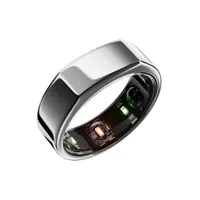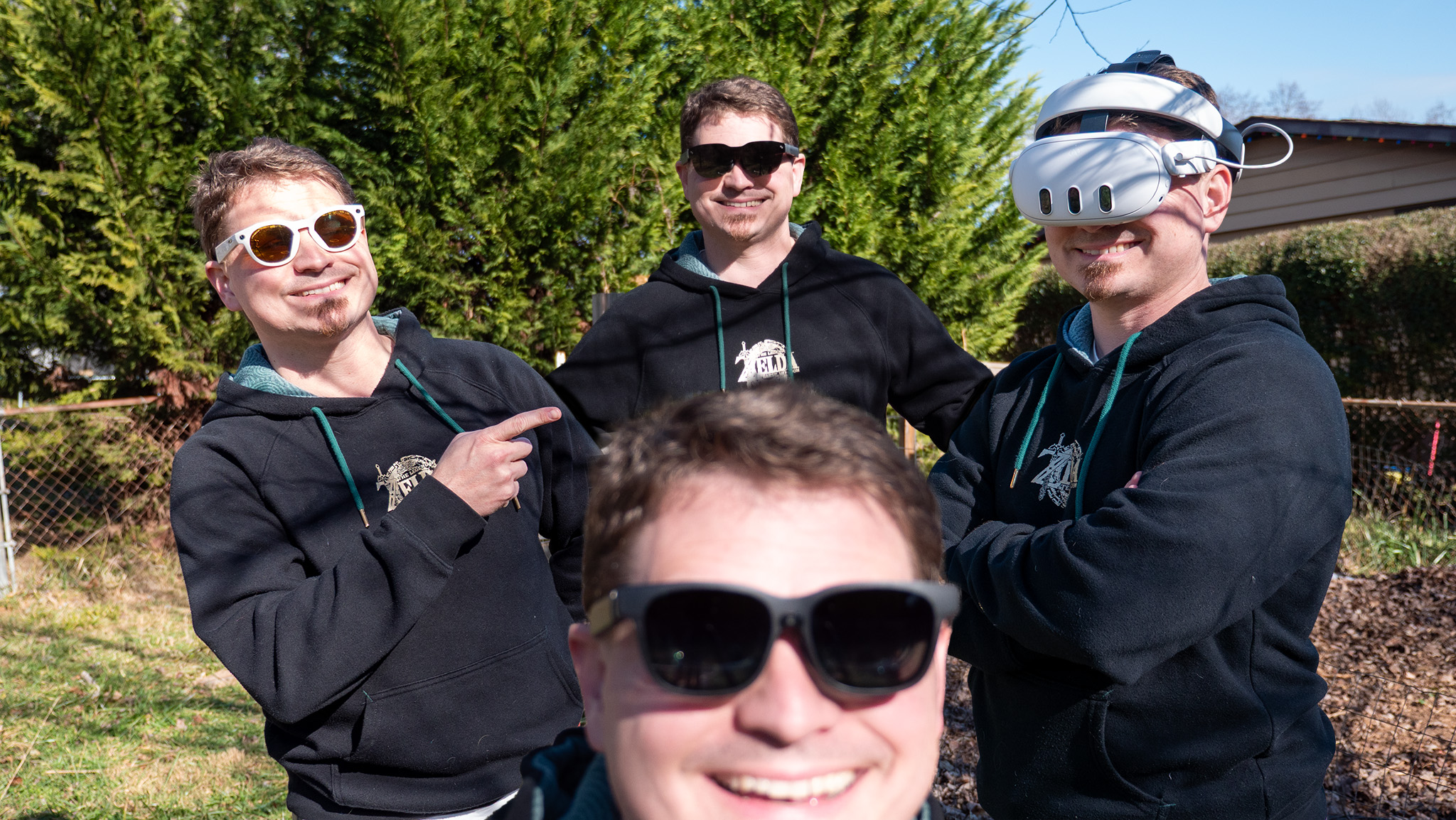Why you shouldn't trust lifestyle influencers when buying your tech this Black Friday and Cyber Monday
Here's why I have a problem with influencers going on rants about a product that they barely have tested.
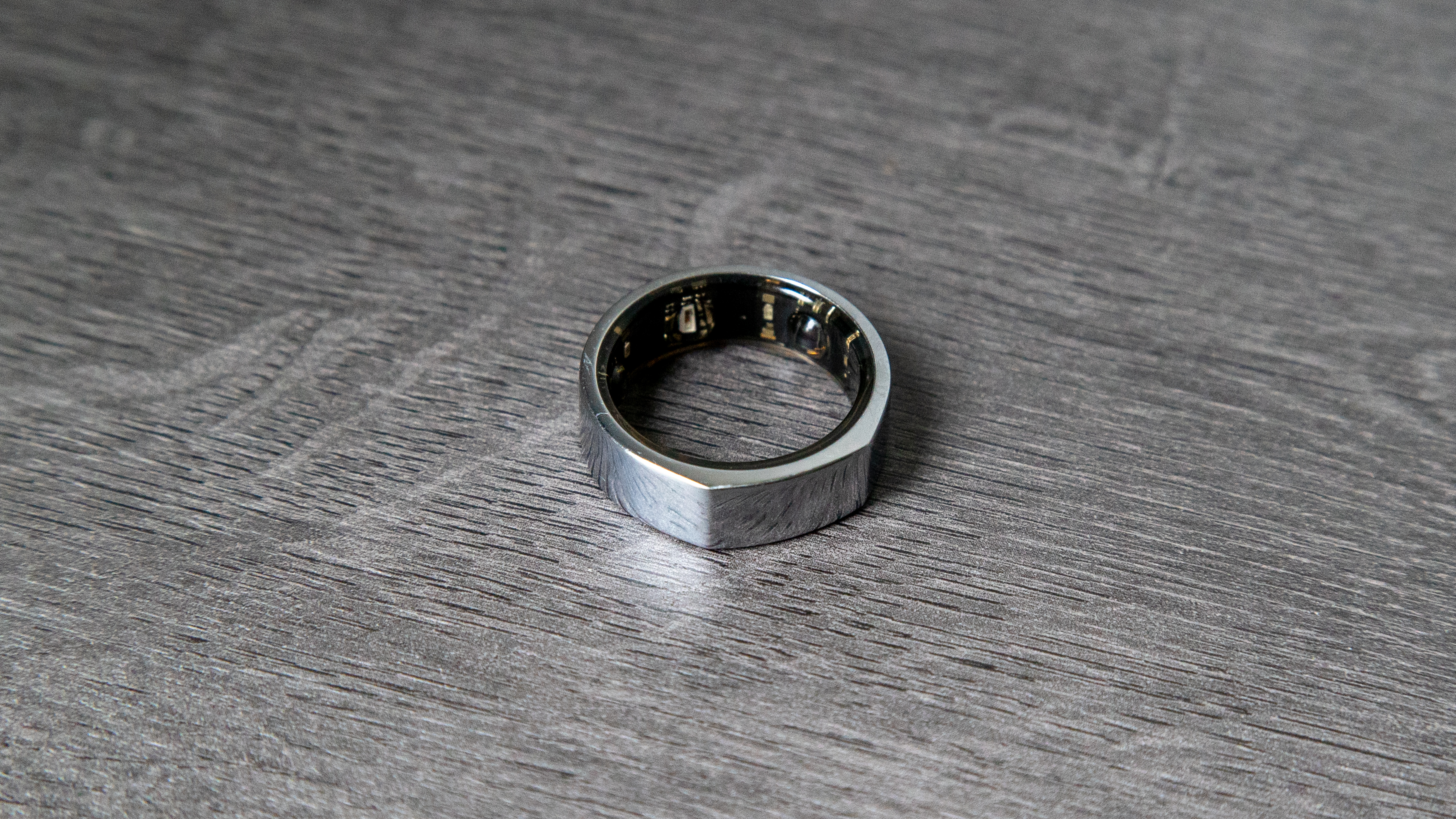

Off the Record is a weekly column written by Android Central's editor-in-chief. The column looks to expand and go in-depth on topics in the Android space without any limitations.
A while ago, I saw a video on TikTok from an influencer that absolutely sent my brain into a spiral.
SamDoll, who is the influencer, went on a rant about how she bought the Oura Ring Gen 3 and absolutely hated it. Her rant was infuriating and actually really upset me because not only was she speaking without much knowledge about the actual ring, but she also has the capability of influencing her nearly one million followers.
While she did make some accurate points in her video, I genuinely did not agree with what she was saying for the most part. It made me realize how important it is that I reiterate to you, our valued readers, how important it is to not get sucked into what regular, everyday influencers say about tech products.
More importantly, as you spend your hard-earned money on products this Black Friday and Cyber Monday weekend, then you should be looking to read reviews from trusted sites like Android Central. If you are keen on listening to what influencers say, then you should follow tech influencers who take particular interest in providing the best information that is relevant to help you understand products.
On that note, the Oura Ring Gen 3 is the wearable that pretty much kicked off the smart ring craze, and its best style is currently up to $100 off depending on the color you want, making it a good alternative if you want a great smart ring without breaking the bank.
@sam_d0ll HUGE waste of money IMO
♬ original sound - Sam Doll
Why being accurate when you make rants is important
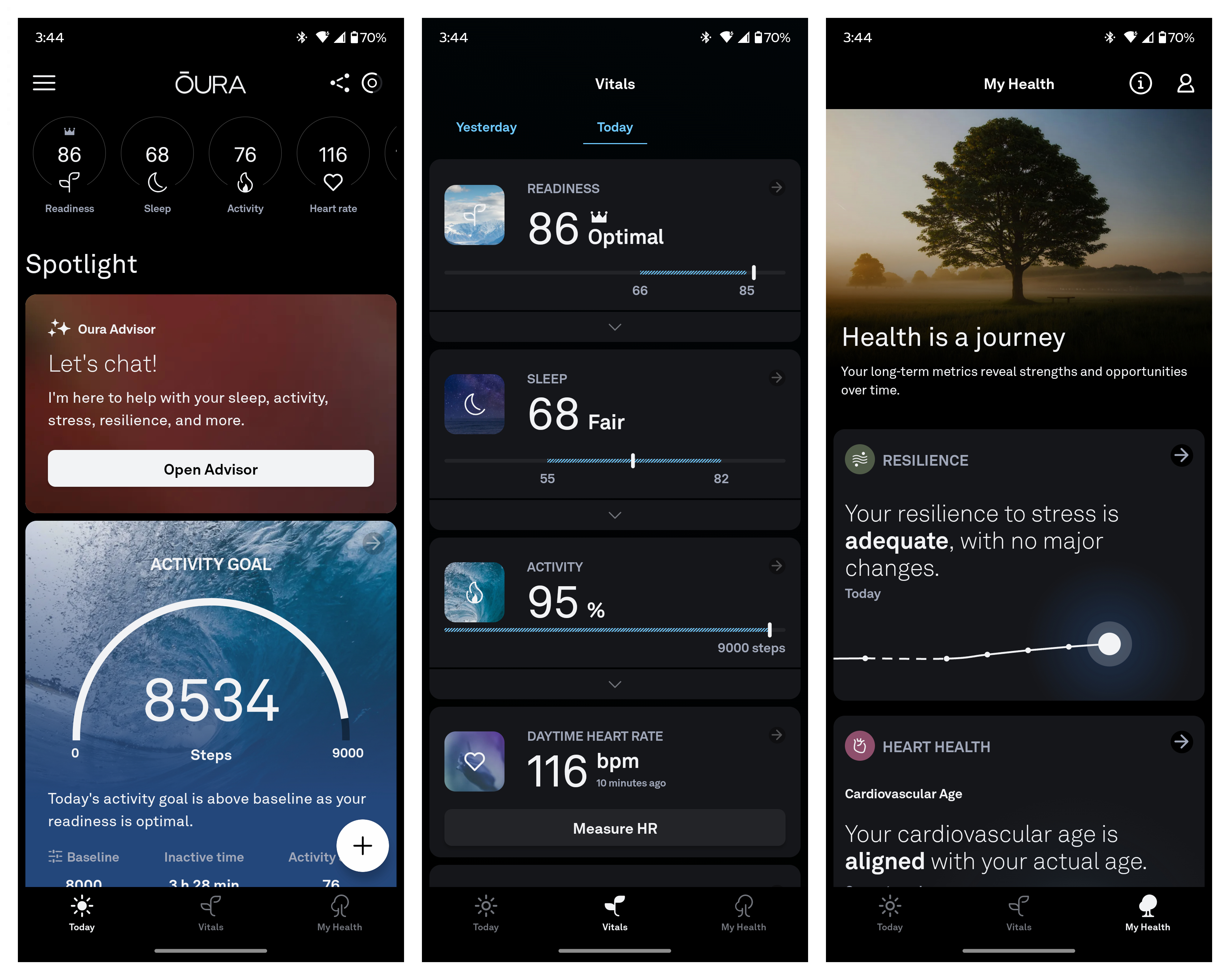
One of the main points that SamDoll makes in her video is how the ring keeps telling her a lot of information that she doesn’t understand, and she also claims that the ring isn’t doing the job right.
In one example, she complains about how she felt like she had a horrible night’s sleep, but when she woke up, the ring indicated her Readiness Score (but she inaccurately calls it recovery) was at 80 percent.
What SamDoll didn’t include in this portion of the video is what the Oura Ring Readiness score is and what it is based on:
“Your Readiness Score reflects how balanced your recovery and activity are. It looks at your sleep quality, body signals, and activity levels to show how prepared you are to take on the day,” according to the Oura website. It is not just based on how well you sleep. Even if you had poor sleep, your body throughout the day could have recovered well.
When you do not express to your nearly one million followers what the ring actually is collecting and how it contributes to the overall score, you’re providing inaccurate information because they’re not getting the whole picture.
It deters a user from wanting to buy something because they trust what you are saying. That is why it is important to ensure you, our valuable reader, are going to trusted sources who take a lot of time to test products to give you the information you need.
Jitesh Ubrani, research manager for IDC's worldwide device trackers, reiterated the importance of experience.
“Advice from experts is simply more valuable and enlightening and consumers should focus on that. However, the reality is that anyone with a loud enough voice can make or break a product, so it’s in companies’ best interest to also collaborate with influencers outside of tech,” he said.
The Oura Ring is not for fitness, it is for your health
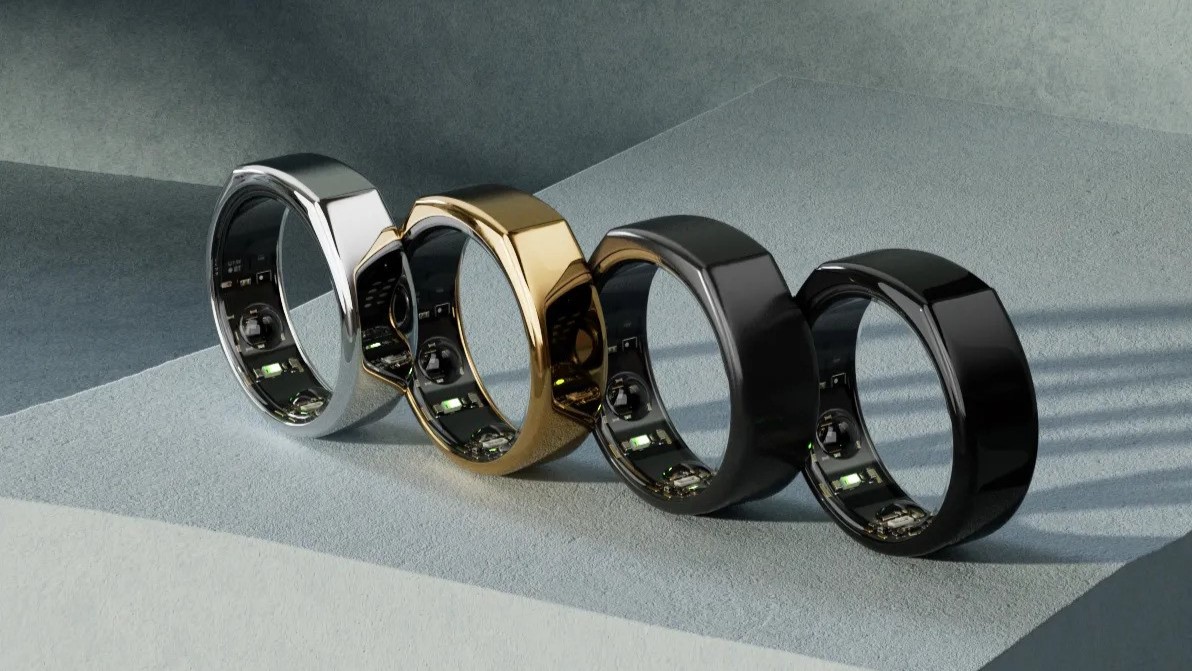
SamDoll, later in her video, expresses her distaste for how the ring doesn’t automatically detect her workout, and when she plugged her workout into the ring app, it didn’t provide her with accurate information on how many calories she burned.
In the initial stages of the Oura Ring, which, in my experience, is the gold standard of smart rings, it took a while for the ring to actually detect and accurately provide workout information.
That since has changed and is incredibly accurate. Android Central’s managing editor, Derrek Lee, has noted how the ring is great at detecting common activities like walking and running. He had expressed to me about a time when he went out with friends dancing, and the ring, later on, indicated that he had some activity and labeled it as dancing, something it has accurately deduced on more than one occasion.
While he often manually tracks workouts with the ring, it will sometimes automatically detect more ambiguous activities like high-intensity interval training (HIIT) and yoga.
But that being said, I don’t actually think the Oura Ring is for fitness; rather, it’s meant to be an overall health tracker and monitor. I think the purpose of the ring is to help you understand your body, and as such, I actually think it would be better paired with another wearable like an Android smartwatch if your desire is to monitor fitness.
Ubrani agrees, adding that a smart ring is a “replacement for the health-related aspects of smartwatches.”
The biggest problem with the Oura Ring
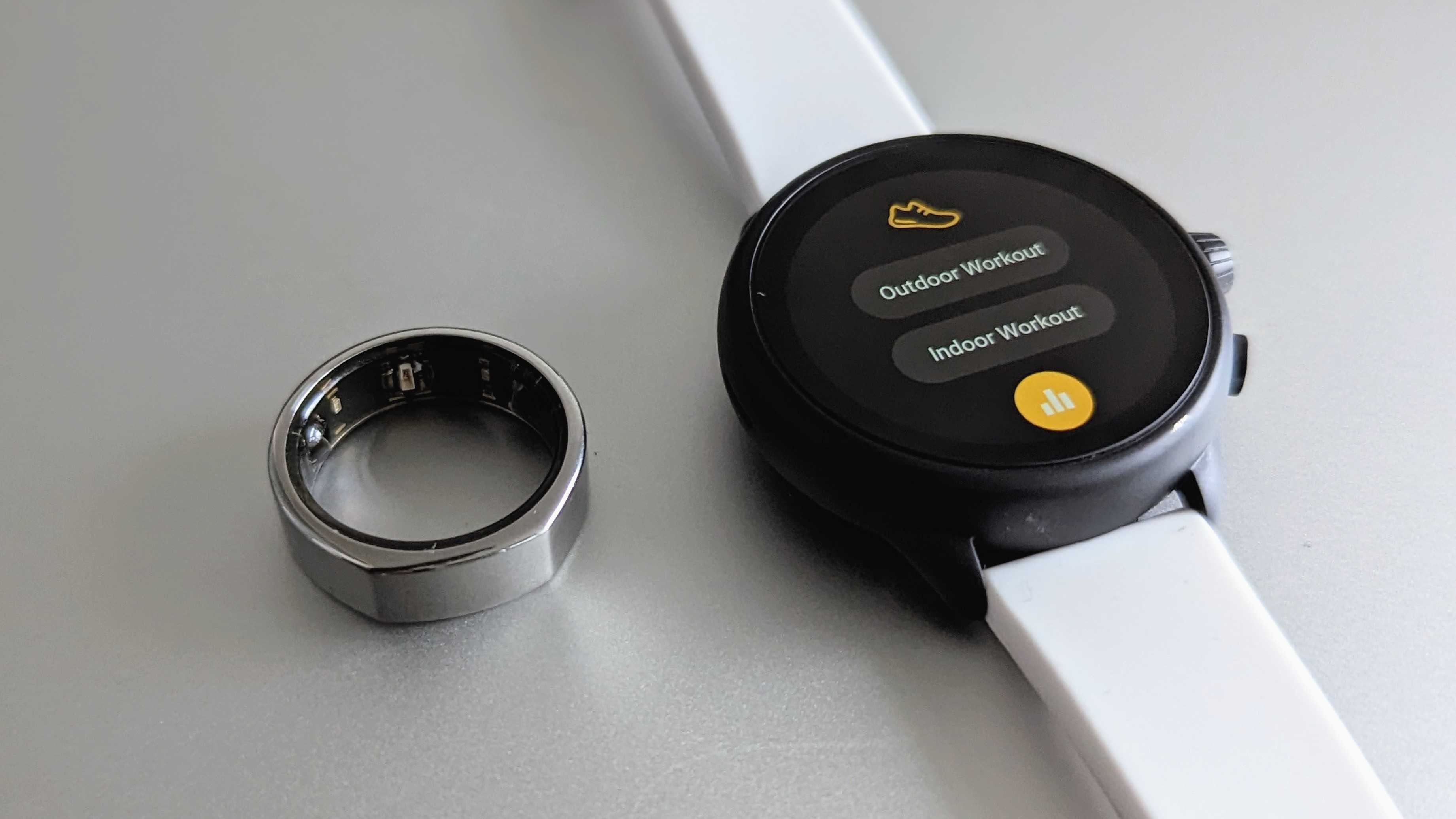
While SamDoll made a lot of claims in her video that I did not agree with—and there were more than what I detail in this article—I did agree with her on one major point.
She expressed how the Oura Ring is already an expensive device (starting at US$299), which it is. But to top it off, if you really want the best experience with the ring, you need to pay an additional $5.99 before tax per month for the subscription service. Granted, the subscription service does come with a lot of features like the following:
- Detailed sleep analysis
- 24/7 heart rate tracking (Daytime, Nighttime, Activity)
- Integration with third-party health and wellness apps like Strava
- Advanced temperature monitoring
- Blood Oxygen Sensing (SpO2)
- Cardiovascular Age
- Cardio Capacity (VO2 Max)
- Cycle Insights
- Daytime Stress
- Dynamic activity goals with Automatic Activity Detection
- Oura Labs
- Pregnancy Insights
- Resilience
- Weekly, monthly, quarterly, yearly, and anniversary reports
But that’s a lot of money, especially when no other company that produces a smart ring requires an additional paid subscription to enjoy the ring (even Amazfit got rid of its subscription for the Helio Ring). Basically, all the most useful Oura Ring features are hidden behind a paywall.
I strongly urge Oura to rethink this idea, as it can also be a deterrent for users who may consider buying a smart ring. That said, Oura explains that it does this because it uses the money to invest in its features and its technology. This is why we see the ring constantly getting new features, even years after the Gen 3 launched.
Oura is the gold standard for smart rings
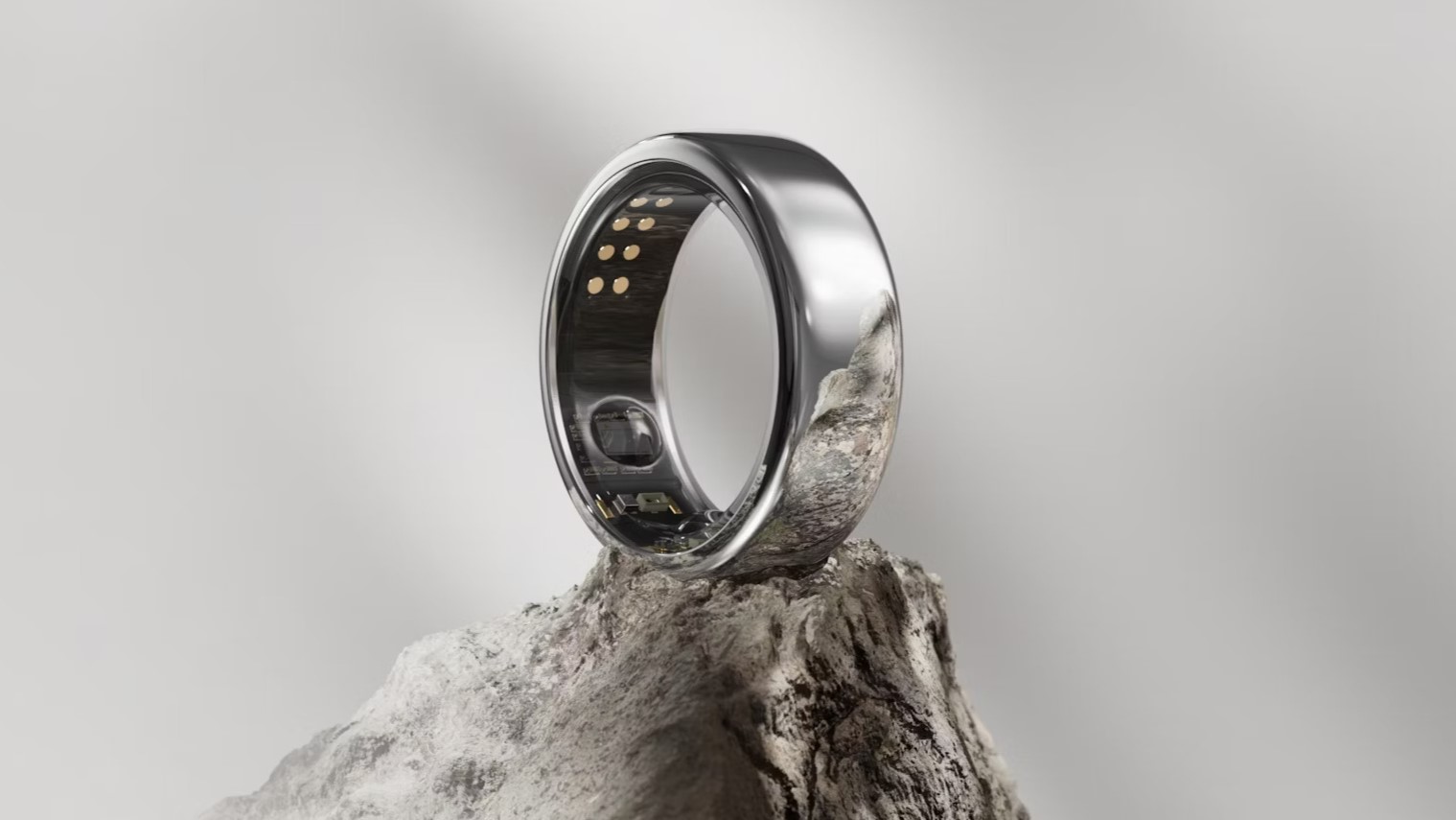
Oura has been around for many years, and we do know that the company strives to do more to help people with their health, which it has proven with the newer and excellent Oura Ring 4.
Like me, Ubrani also agrees that the ring is the gold standard for smart rings only because the company has done a “great job in offering a very polished and well-rounded experience for users, which in turn has set a high bar for competition.”
Oura has been able to do this only because they had a massive lead up in the market, also providing them much more time to refine the experience of the ring.
But more importantly, I think, in general, if you’re going to buy something during Black Friday or Cyber Monday, try to do more homework than just relying on one creator.
The Oura Ring Gen 3 (Horizon) is on sale, and you can snag up to 22% off on select models, but it depends on the color you want. You get $50 off black and silver models, $70 off Stealth and Brushed Titanium, and $100 off Gold and Rose Gold. Until supplies last, so act fast!
Get the latest news from Android Central, your trusted companion in the world of Android

Shruti Shekar is Android Central's Editor-in-Chief. She was born in India, brought up in Singapore, but now lives in Toronto. She started her journalism career as a political reporter in Ottawa, Canada's capital, and then made her foray into tech journalism at MobileSyrup and most recently at Yahoo Finance Canada. When work isn't on her mind, she loves working out, reading, watching the Raptors, and planning what she's going to eat the next day.
You must confirm your public display name before commenting
Please logout and then login again, you will then be prompted to enter your display name.
